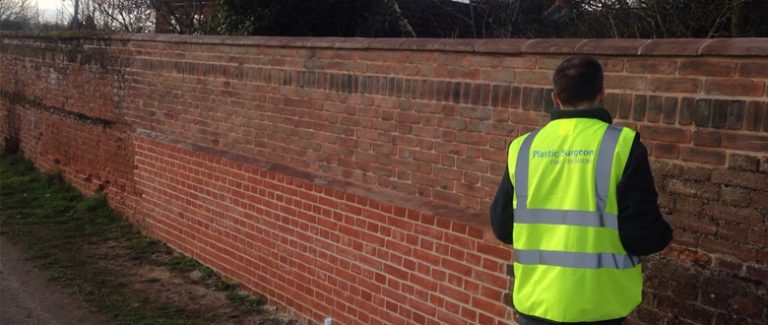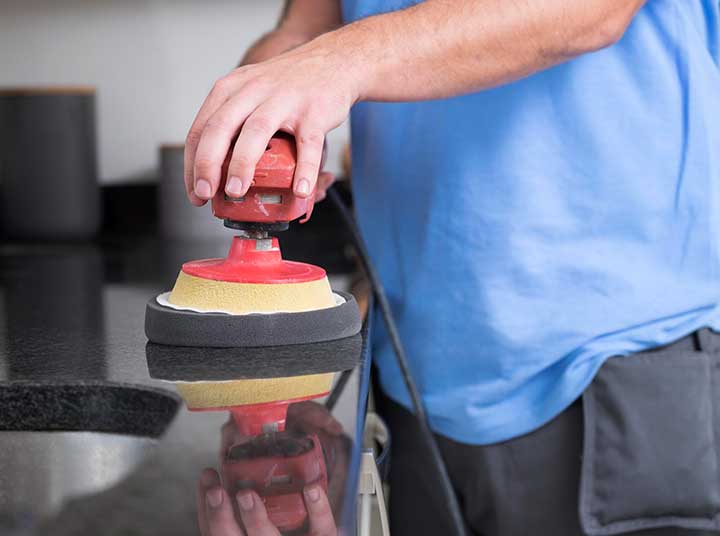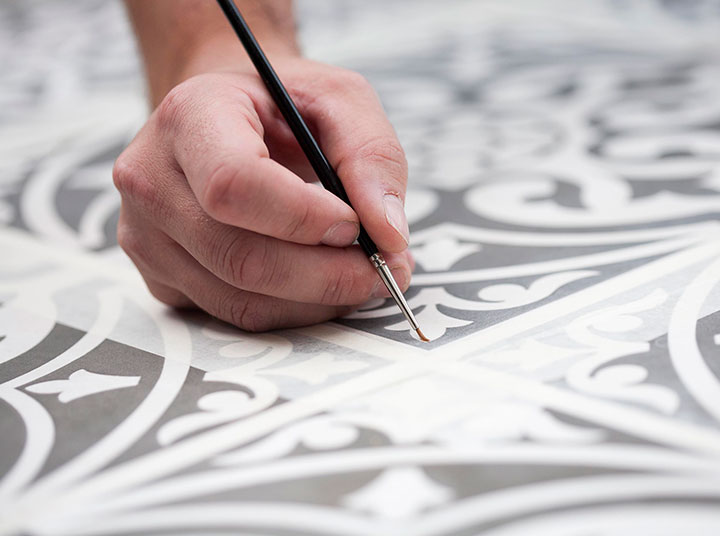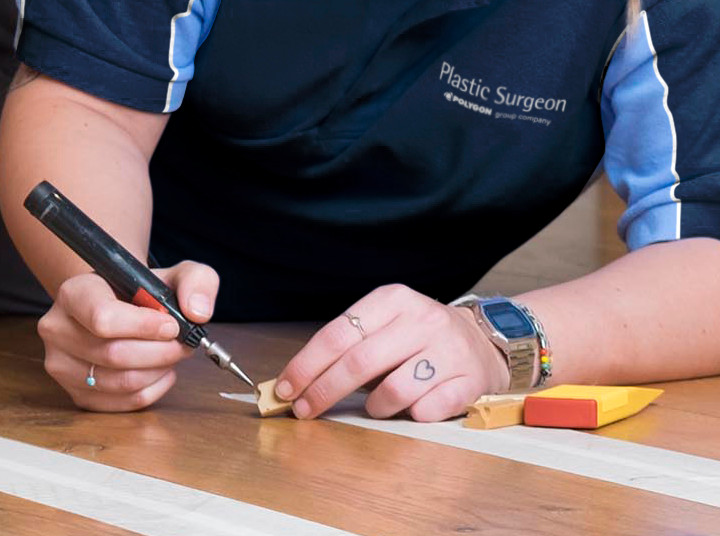See examples of our brick repairs and tinting
How does brick damage occur?
The damage we see to bricks happens across both old and new buildings; the freeze-thaw cycle of water lying in the porous structure, pointing and detailing of brick inevitably causes fragments of it to break away, leaving behind elevations that can look dilapidated and make the premises look uncared for.
Other problems caused by our inclement British weather include erosion – in older buildings, as what were once sharp or decorative brickwork details around doors, windows and on façade fronts, wear away and become indistinct.
Indeed, we are often called upon to repair old bricks, varying from the common London stock brick to handmade and wire cut varieties from across the country; and even the glazed type of bricks found on the London Underground or the ultra-intricate gauged brickwork normally executed in ‘red rubbers’.
The repair usually involves cleaning ingrained pollution or, perhaps, graffiti from these substrates before our Finisher will repair the damaged bricks with a three-part filler system, designed to replace the missing segments in preparation to receive the final colour coating. Depending on the depth of the damage, the repair may be built up in a succession of layers, being shaped as the work proceeds.
How do the repairs work?
Because our Finishers have been trained to colour-match, they are able to exactly replicate the original tone and colour of the original bricks, as well as the texture and patina associated with older bricks, by hand mixing the top coating from the palette of stains and colours carried around in their vans. And while small repairs might involve painting just one part of a single brick, Plastic Surgeon’s unique Screed Coat System enables entire elevations to be over-coated if required.
On new-build properties, meanwhile, we are often called to deal with mismatching bricks – or ones which have been poorly sorted from batches of hand-mades – which are slightly different in colour. When being laid, this is often overlooked: it is not until the bricklayer stands back from his work that the colour discrepancy is noticeable, a jarring visual error which could make the signing off of a building impossible. Here, we would utilize our specially developed brick tinting technique, which is also highly effective on mismatched pointing.
So rather than take the route of rebuilding and replacing damaged brickwork, the alternative is to call upon the services of Plastic Surgeon to repair them, which will be far less time consuming – and therefore more cost-effective – than hiring a brick-layer or mason to painstakingly chip out the spoiled bricks, while trying to source replacements.
We undertake all our repairs in-situ, with the average task taking a couple of hours to complete; thus circumventing the mess, disruption, time and waste inherent in replacement.
How do you clean and care for repaired brickwork?
Stone and brickwork should be rinsed with clean water to remove any debris and if required, cleaned with a soft brush.
Always avoid using a power washer or scrubbing the area with anything abrasive as this may damage the surface. For more detailed advice please don’t hesitate to contact out customer service team.






